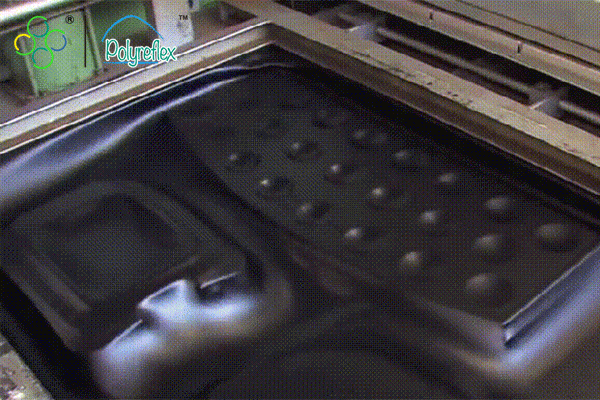Search This Supplers Products:China manufacturer lightweight plastic corrugated sheets for sign and packaging boxesChina manufacturer good impact strength lightweight pp honeycomb panel for van lining pallet boxChina manufacturer durable plastic pallet container sleeve packs logistics turnover packagingChina manufacturer thermoplastic TPO sheet for automotive floor mats trunk mats truck bed matsChina manufacturer thermoplastic ABS sheet for thermoforming vaccum forming injection moldingChina manufacturer corrosion resistant PP sheet HDPE sheet for chemical industry and aquaculture
How Do I Choose the Right Material for a Thermoformed Part?
sourcehttps://www.polyreflex.com/
publisherPolyreflex
time2024/05/07

- Learn how to choose the right material for thermoforming with Polyreflex, a leading manufacturer of thermoplastic sheets. Our guide helps you match material properties to your needs, ensuring durable and cost-effective solutions.












